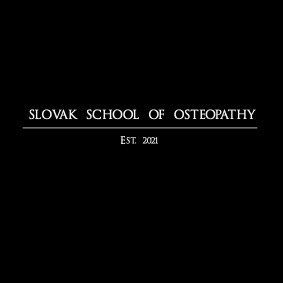Indications and contraindications of osteopathic treatment
The indication for osteopathic treatment is the presence of somatic dysfunction that is clinically significant. Clinical significance is determined using the structure-function models of osteopathic practice described in the introductory section. Osteopathic practitioners have responsibility to diagnose and refer patients as appropriate when the patient’s condition requires therapeutic intervention, which falls outside the practitioner’s competence….
